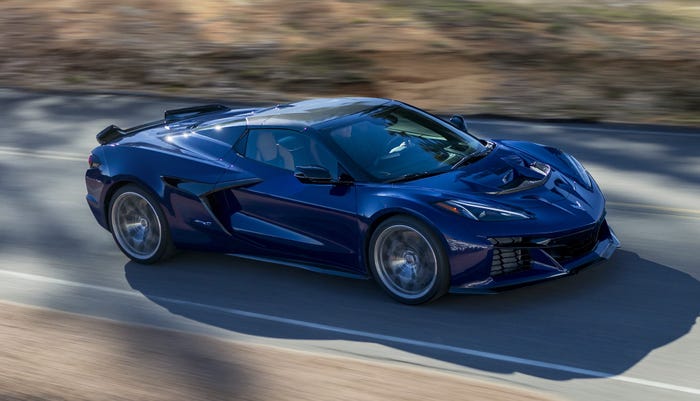May Mobility: Driverless Taxis as Alternatives to Buses
The community is the customer when robo-taxis replace fixed-route buses.

ANN ARBOR, MI – Say you can’t drive because you’re sick or injured and need a ride to a medical appointment. You’re far from a bus route, Uber/Lyft rides are unavailable or too expensive where you live, and no one else can drive you. What if you could pull out your phone and order up a free or low-cost ride door-to-door…but that vehicle didn’t have a human driver? Would that be your best answer despite some fear or distrust of driverless vehicles?
Edwin Olson, founder and CEO of Ann Arbor, MI-based May Mobility, believes it would. His company currently operates autonomous Toyota Sienna minivans with safety drivers on board in Ann Arbor, Arlington, TX and Grand Rapids, MN – a town of just 14,000 where the population density is too low for fixed-route bus or even Uber/Lyft service – and without safety drivers since 2023 in Sun City, AZ, where much of the population is seniors living in widely distributed single-family homes where city bus service would not serve them well.

As everyone knows, some larger AV companies have had unfortunate accidents, which Olson sees as “bad PR” for the business. But he asserts that May’s hardware and its software process is so concentrated on safety that it earns friendly insurance rates.
“We take safety incredibly seriously because we will be liable for any failures,” he tells the Detroit-based Automotive Press Assn. in an April 3 online press conference. “We spend a lot of time walking our insurers through our safety systems and get a really good deal as a result.”
The cornerstone of that commitment is May’s proprietary “Multi Policy Decision Making” (MPDM) system, “which reframes the challenge for AVs: Rather than telling the vehicle what to do when, which is what rules-based systems do, MPDM continually runs real-time, on-board simulations to virtually imagine thousands of possible scenarios every second and enable the vehicle to decide for itself which action is best to drive safely.”
MPDM leads to “emergent behavior, where the vehicle can solve problems that we never considered, even the first time it encounters a situation,” the company contends, “and can handle unique challenges, perform more reliably and scale to new cities faster than rules-based systems.”
It cites more than 320,000 (and counting) autonomy-enabled rides in several public transit applications across the U.S. and (in 2021) in Hiroshima, Japan, as evidence.
By working collaboratively with existing transit systems rather than duplicating their efforts, May’s intent is to optimize less-efficient routes with on-demand AV technologies within geofenced areas. “Let’s partner with cities to provide better transportation alternatives,” Olson says. “Some AV companies have had adversarial relationships with cities. But the city is our customer, not an adversary.”
He predicts further expansion, including to Detroit – where bus service is difficult to provide due to the city’s vast urban spread – in 2025. He believes May will provide 75% of its trips without safety drivers by 2027 (vs. 5% in 2023) and that the AV industry could amount to hundreds of thousands of vehicles long-term.
“Our business model is to sell a contract for transportation services for a given area and prescribed hours of the day,” he adds. “This industry was badly overhyped and not performing up to expectations, and there are limitations. But those limitations are slipping away.”
Among May Mobility’s partners in this effort are Toyota, tire manufacturer Bridgestone and Via, a provider of AI-assisted routing and booking software.
About the Author(s)
You May Also Like
_(2).jpg?width=700&auto=webp&quality=80&disable=upscale)


